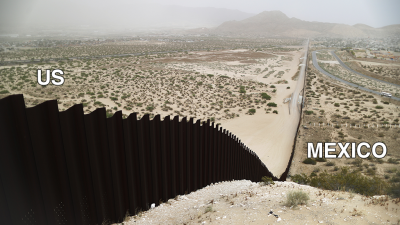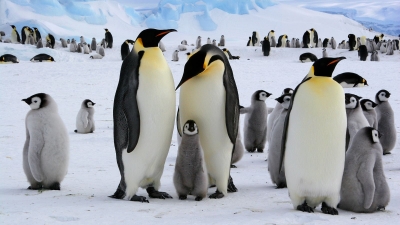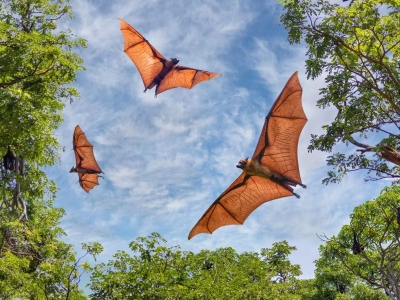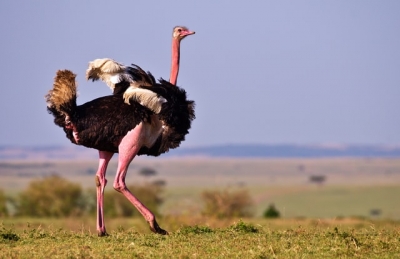
Light pollution is very much a concern across the globe, something astronomers and skywatchers are trying to bring attention to. It not only takes away the right to enjoy the night skies and explore the celestial bodies with the naked eye but also affects the circadian rhythm of humans and wildlife.
Have you seen a sky spangled with stars winking at you from light years away? Have you ever spotted the Milky Way?
Well with the amount of artificial light strewn across the sky. it is a fact that dark skies that bring out the beauty of the cosmos are a rarity.
Light pollution is very much a concern across the globe, something astronomers and skywatchers are trying to bring attention to. It not only takes away the right to enjoy the night skies and explore the celestial bodies with the naked eye but also affects the circadian rhythm of humans and wildlife. So what is light pollution?
Light Pollution
Across the world, people have to deal with the nighttime glow caused by artificial light. This has been affecting humans, wildlife, and the environment equally. There is a global movement to reclaim the dark sky and reduce light pollution.
Sources of light pollution
The major cause of light pollution is misdirected light which scatters out into the open sky caused by human activities. From street lights to lights from buildings, boats, and outdoor advertising to illuminated sporting venues, every misdirected light leads to light pollution. High levels of sky glow mean fewer chances of seeing enough celestial bodies in the sky.
The circadian rhythm and light pollution
Artificial light can affect the circadian rhythm in both humans and animals. The circadian rhythm is the natural process regulating the sleep-wake cycle. The production of the hormone melatonin is linked to this. This sleep-inducing hormone gets released when it is dark. The presence of light inhibits it. If the ambient light is high at night, then it lowers the production of melatonin and leads to sleep deprivation, stress, fatigue, and anxiety.
Animal behaviour and light pollution
It has been proven that wildlife has also been affected badly by light pollution. The animal behaviours such as migration patterns and wake-sleep habits of animals have been affected. Birds and sea turtles have been found to lose their way and get confused due to the presence of increased ambient light. Light also affects the circadian rhythm of animals.
Picture Credit : Google





